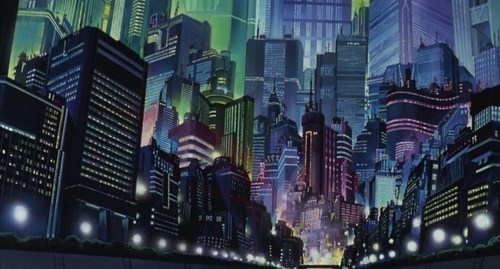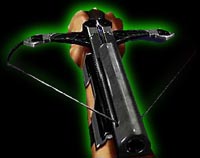"It took a month for the gestalt of drugs and tension he moved through to turn those perpetually startled eyes into wells of reflexive need. He'd watched her personality fragment, calving like an iceberg, splinters drifting away, and finally he'd seen the raw need, the hungry armature of addiction. He'd watched her track the next hit with a concentration that reminded him of the mantises they sold in stalls along Shiga, beside tanks of blue mutant carp and crickets caged in bamboo." - Neuromancer
"[When I was a teenager] there was a kind of literary war underway between the British New Wave people and the very conservative American science-fiction writers—who probably wouldn’t even have thought of themselves as very conservative—saying, That’s no good, you can’t do that, you don’t know how to tell a story, and besides you’re a communist. I remember being frightened by that rhetoric. It was the first time I ever saw an art movement, I suppose." - William Gibson
William Gibson's Neuromancer was a wildly influential novel by any standard, arguably the most significant science fiction novel of the late twentieth century. Published in 1984, it determined the language people would use to describe and define the internet over the following two decades. It established so many tropes that a reader coming to it context free, after The Matrix and Inception and a thousand other blunt emulators, might be forgiven for thinking it was just a particularly well written list of clichés. Fans of the novel in the media like to wear their influence on their sleeve - look in the credits of any science fiction film and you're bound to discover that thug#4 just happened to be named Corto...
Other cyberpunk classics like Hardwired and Schismatrix have largely disappeared into obscurity, with only two real exceptions - Pat Cadigan's Synners still has a literary reputation which will keep it in (limited) print for years to come, while Neal Stephenson's Snow Crash (1992) was taken as a kind of ideological manifesto by the Silicon Valley techno-libertarian crowd (they're literally still trying to build the Metaverse). So my question is this - if astonishing novels like Islands in the Net and Vacuum Flowers are destined to little more than a forgotten half life in my memory, why has Neuromancer lived on?
I could natter about the prose, or the simple timing of a hacker novel about 20 seconds before computer hacking became a thing people had heard of, or the revolutionary way it treated the "infodump." I could spend even more time talking about cyberpunk's genre swagger; how it had an incredible propagandist in the form of 'my intellectual and literary hero' Bruce Sterling, how he managed to propagate the patently false idea that all science fiction in the early 1980s was crap and Neuromancer had come to save it...
Instead i'm mainly going to make a case about narcotics. Also teenagers. Teenagers on narcotics, in some cases. Nerdy teenagers being accidentally exposed to the whole wide world of transgressive fiction...
 ...or girls!
...or girls!




















